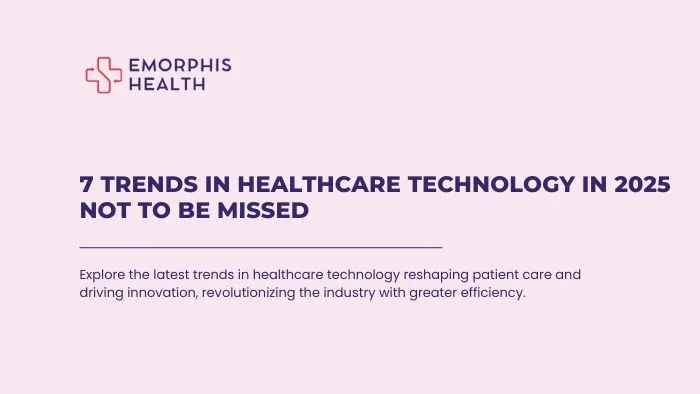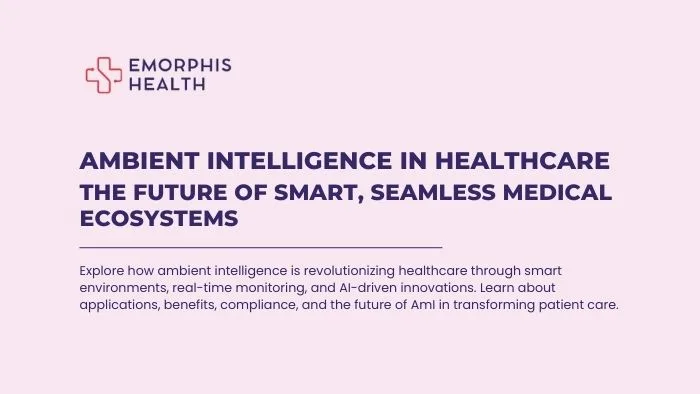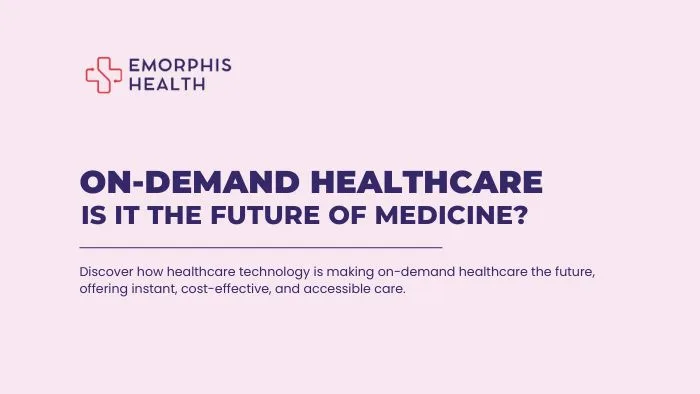Overview Of Trends in Healthcare Technology
See Contents
The healthcare industry is evolving at an unprecedented pace, with technological advancements playing a pivotal role in reshaping patient care, medical practices, and operational efficiency. As we step into 2025, it’s essential to look at the trends in healthcare technology that will dominate the landscape, driving innovation and improving outcomes across the board. Many of these trends have their roots in 2024, with several technologies seeing substantial growth and adoption, setting the stage for even more transformative developments in 2025.
According to Precedence Research report the global healthcare IT market was valued at USD 236.60 billion in 2023, with an estimated value of USD 276.82 billion in 2024. It is projected to grow to approximately USD 1,330.64 billion by 2034, reflecting a compound annual growth rate (CAGR) of 17% from 2024 to 2034.
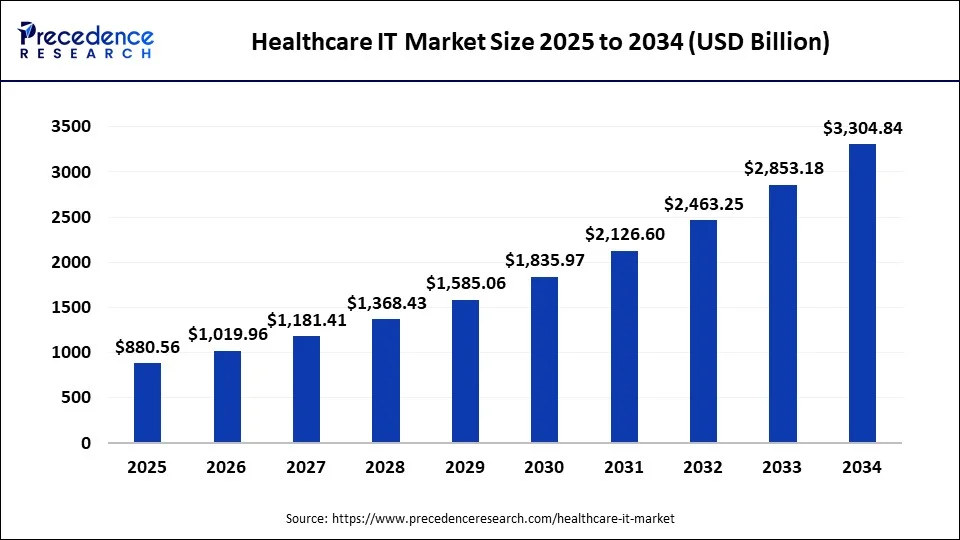

AI – Artificial Intelligence
According to the report by Precedence Research, the global market for artificial intelligence (AI) in healthcare is projected to be valued at USD 26.69 billion in 2024 and is anticipated to grow to approximately USD 613.81 billion by 2034, with a compound annual growth rate (CAGR) of 36.83% from 2024 to 2034.
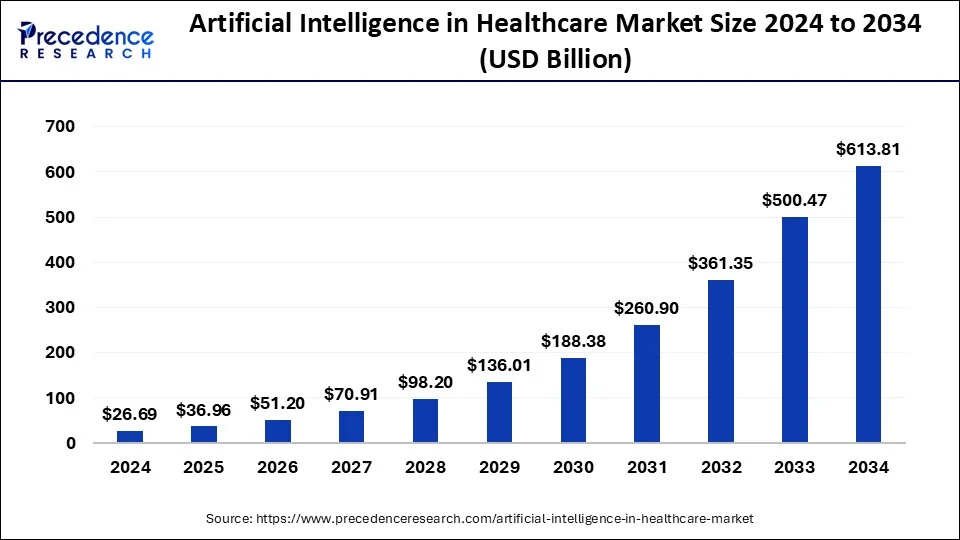

One of the most exciting trends in healthcare technology in 2025 is the integration of Artificial Intelligence (AI) and Machine Learning (ML) into clinical decision-making. In 2024, AI-driven diagnostic tools gained significant traction, with medical practitioners leveraging these technologies for faster, more accurate diagnoses. This trend is expected to intensify in 2025, with AI becoming an integral part of personalized medicine. AI algorithms will assist in analyzing vast amounts of patient data, making it possible for doctors to identify patterns that human clinicians might miss. With real-time data processing, AI will also enable predictive analytics, helping healthcare providers proactively address patient needs before issues escalate. By 2025, AI will likely be a cornerstone of clinical workflows, particularly in radiology, oncology, and pathology, where image recognition and diagnostics are already being significantly enhanced.
Telemedicine
According to a report by Mordor intelligence, the Telemedicine Market is projected to be valued at USD 172.44 billion in 2024 and is expected to reach USD 330.26 billion by 2029, growing at a compound annual growth rate (CAGR) of 13.88% during the forecast period (2024-2029).


The rapid rise of Telemedicine has also been a key trend in 2024, and it’s only expected to grow in 2025. During the pandemic, telemedicine became a lifeline, and as we move into 2025, it’s expected to become a permanent fixture in healthcare delivery. Advanced video conferencing platforms will be increasingly integrated with wearable devices, allowing for remote patient monitoring and virtual consultations. These technologies will not only improve access to care, especially in rural or underserved areas but also enhance convenience for patients who prefer receiving healthcare services from the comfort of their homes. Features such as AI chatbots for preliminary consultations, integrated electronic health records (EHRs), and virtual prescriptions will help make telemedicine a seamless and essential part of everyday healthcare. Moreover, telemedicine will evolve to include more personalized care by incorporating remote diagnostics and patient engagement tools, creating a more interactive and comprehensive virtual healthcare experience.
Wearable health
According to a report by Straits Research, the global wearable medical devices market was valued at USD 51.70 billion in 2023 and is expected to grow to USD 272.03 billion by 2032, with a compound annual growth rate (CAGR) of 27.81% during the forecast period (2024–2032).


Wearable health devices are another major trends in healthcare technology for 2025, building on the momentum gained in 2024. From fitness trackers to advanced medical-grade wearables, these devices are evolving to provide real-time health data, such as heart rate, blood glucose levels, and even blood pressure. In 2024, we saw major strides in the accuracy and capabilities of wearables, and by 2025, these devices will offer even more precise and detailed insights into personal health. With the ability to monitor chronic conditions like diabetes and hypertension remotely, wearables will empower patients to manage their health more effectively and in real time. In 2025, wearables will be increasingly connected to healthcare systems, allowing for continuous data sharing with medical professionals. This integration will enable healthcare providers to monitor patients’ health more closely, detect early warning signs, and adjust treatments accordingly, leading to improved outcomes and more efficient management of chronic diseases.
Internet of Medical Things (IoMT)
According to a report by Grand View Research, the global Internet of Medical Things (IoMT) market was valued at USD 230.69 billion in 2024 and is expected to grow at a compound annual growth rate (CAGR) of 18.2% from 2025 to 2030. This rapid growth is fueled by the increasing demand for remote patient monitoring, the growing adoption of wearable technologies, and the integration of telehealth services.


The Internet of Medical Things (IoMT) will continue to make waves in 2025, building on the foundational work of 2024. IoMT refers to the network of connected medical devices that communicate with each other and healthcare systems to provide real-time patient monitoring, diagnostics, and treatment. By 2025, IoMT devices will become even more advanced, with greater interconnectivity and data-sharing capabilities. These devices will not only provide real-time insights into patients’ conditions but will also enable healthcare providers to personalize treatments and monitor the efficacy of interventions. For example, smart inhalers will provide real-time data on lung function in asthma patients, and connected pacemakers will monitor heart health and alert doctors of irregularities. With AI and machine learning integrated into IoMT devices, healthcare professionals will have access to predictive insights, enabling more proactive care and better health outcomes.
Personalized Medicine
According to Grand View Research report, the global personalized medicine market was valued at USD 529.28 billion in 2023 and is expected to grow at a compound annual growth rate (CAGR) of 8.20% from 2024 to 2030.


The Personalized Medicine movement is also expected to gain significant traction in 2025. Building on developments in 2024, personalized medicine will use genetic, environmental, and lifestyle data to tailor treatments to individual patients. By 2025, the use of genomic data to guide treatment plans will be common practice in oncology, neurology, and cardiology. AI and machine learning will be leveraged to analyze vast datasets, allowing for the identification of genetic markers associated with specific diseases. The trends in healthcare technology will lead to highly personalized treatment options, reducing the reliance on a one-size-fits-all approach to healthcare. Additionally, the growing use of patient data from wearables, mobile health apps, and electronic health records will further enable healthcare professionals to create customized treatment plans that cater to the specific needs of each individual.
Augmented Reality (AR) and Virtual Reality (VR)
According to a report by Markets and Markets, the Augmented Reality (AR) and Virtual Reality (VR) market was valued at USD 22.12 billion in 2024 and is projected to reach USD 96.32 billion by 2029, growing at a compound annual growth rate (CAGR) of 34.2% during the forecast period from 2024 to 2029.


Augmented Reality (AR) and Virtual Reality (VR) technologies are poised to revolutionize healthcare in 2025, with applications ranging from medical training to patient rehabilitation. In 2024, VR and AR were increasingly used in medical education to simulate surgeries and other procedures. By 2025, these technologies will be fully integrated into clinical practice. Surgeons will use AR glasses to overlay vital information during operations, improving precision and reducing errors. Similarly, VR will be used for patient rehabilitation, particularly in neurology and physical therapy, to help patients recover motor skills and regain mobility. Furthermore, VR simulations will be used to train medical students and professionals in a risk-free environment, reducing the chances of mistakes in real-life scenarios. The integration of AR and VR will lead to more effective training, safer surgeries, and better rehabilitation outcomes for patients.
Voice-Activated Technologies
According to Straits Research report, the global voice and speech recognition market was valued at USD 14.8 billion in 2024 and is expected to grow from USD 17.33 billion in 2025 to USD 61.27 billion by 2033, with a compound annual growth rate (CAGR) of 17.1% during the forecast period (2025-2033).


Finally, Voice-Activated Technologies are expected to become one of major trends in healthcare technology in 2025, following significant advancements made in 2024. By 2025, voice recognition will be embedded into every aspect of healthcare, from electronic health records to patient monitoring systems. These voice-activated systems will allow healthcare professionals to document patient information hands-free, improving efficiency and reducing errors in data entry. Moreover, voice assistants will enable patients to access their health information, schedule appointments, and receive medication reminders, all through simple voice commands. The increased use of voice technologies will also support elderly patients and those with disabilities, making healthcare services more accessible. With advanced AI capabilities, these voice-activated systems will become more intelligent, responding to complex queries and providing more accurate health information.
Conclusion
In conclusion, the trends in healthcare technology for 2025 will be driven by the integration of AI, machine learning, 5G, blockchain, and wearable devices, among others. These technologies will transform the healthcare landscape, improving patient care, increasing operational efficiency, and enabling more personalized treatments. As we look to the future, these trends in healthcare technology will shape the way we approach medicine, making it more efficient, accessible, and patient-centric than ever before.

